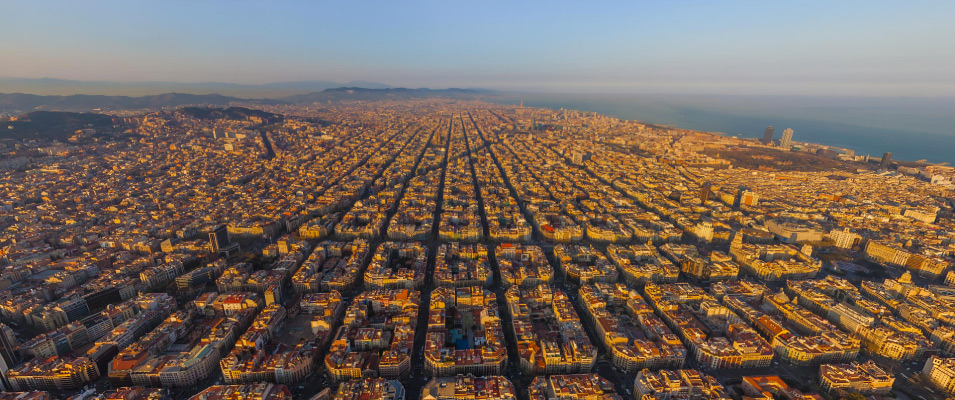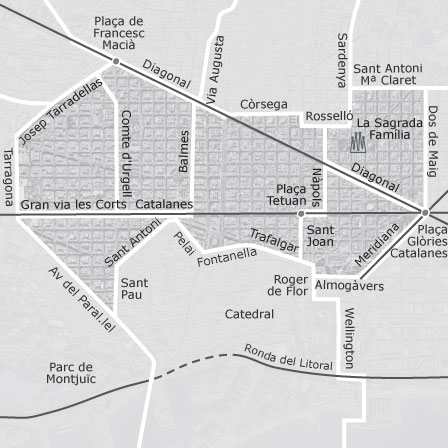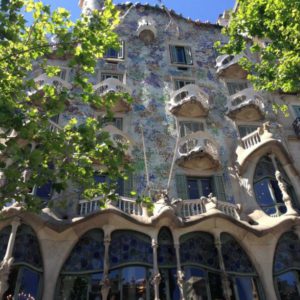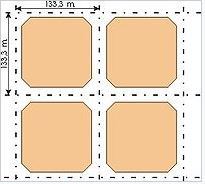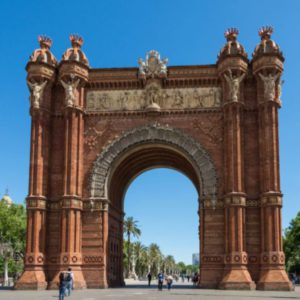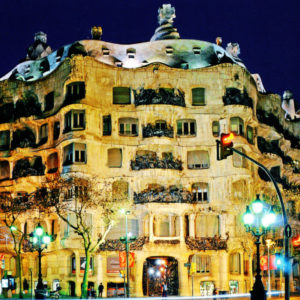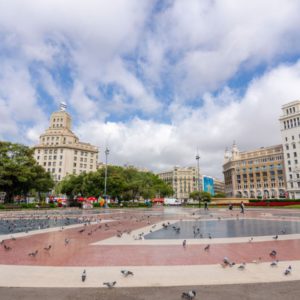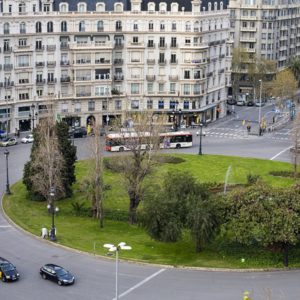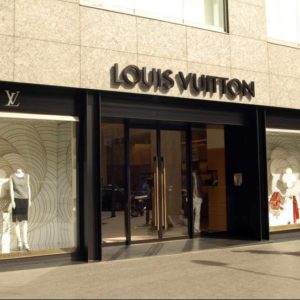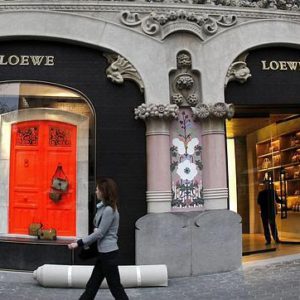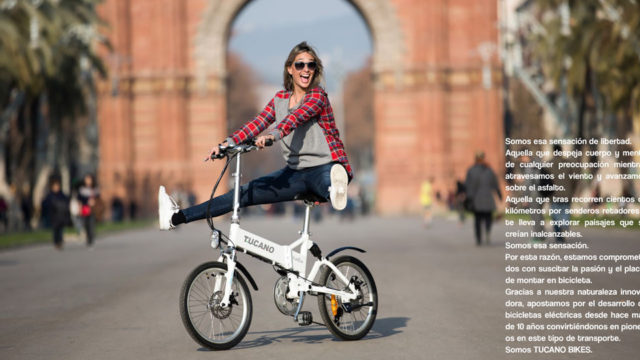L’Eixample: A showcase of modernist architecture.
L’Eixample: the most populous district of Barcelona, with more than 260,000 inhabitants.
Conceived by the engineer Idelfons Cerdà in 1855 and approved in 1860 by the central government of Madrid, L’Eixample was built in the years of the industrialization of Catalonia, at the end of the nineteenth century. The central part was considered as the neighbourhood of the bourgeoisie and is known as the Dreta de L’Eixample. A neighbourhood that is now characterized by modernist architecture. It begins at the Plaza de Catalunya and is developed around the Passeig de Gràcia. It is the most commercial and most representative area of modernism with buildings as La Casa Batlló, La Casa Milà or La Pedrera.
The part called “Dreta de L’Eixample” extends to Dos de Maig street and is known for modernist buildings as the Sagrada Familia and Sant Pau Hospital.
From left of the street Balmes towards Plaza España we find “L’Esquerra de l’Eixample”, it was characterized in its time by having more factories and publishers and less houses of architectural interest like those that exist in ” The Dreta of L’Eixample “. The Mercat de Sant Antoni, the Universitat de Barcelona, the Industrial School, the Hospital Clinic, the Joan Miró Park and the old bullring of the Arenas are located in this part of the L’Eixample.
Idelfons Cerdà created the L´Eixample project with the people in mind, proposing solutions in which social and health problems, both physical and mental played an important role.
For this reason the buildings are separated from each other by identical distances with the result we have symmetrical blocks.
Cerdà believes that every block of buildings must have an interior garden for the public use taking into account the needs of children and the elderly.
The direction of its streets alternate, one is going up and the other is descending towards the sea or the mountains and left-right in the zone “Eixample Left-Right”, it facilitates very much the circulation of vehicles thanks to its practical structure and it is very functional. L’Eixample has four main streets such as the Gran Via de les Corts Catalanes, Diagonal Avenue, Passeig de Gràcia and Rambla de Catalunya and is the Barcelona district with a remarkable amount of bike lanes.
L`Eixample, neuralgic center of commerce in Barcelona.
Without a doubt, the heart of Barcelona’s commerce is the L’Eixample district. In it we find a multitude of small food shops, shopping centers, clothing stores, gift stores, bazaars, bars, hairdressers, restaurants, banking offices, cinemas …. And even specialized shops for the gay public, located in the well-known Gayxample, an area that occupies the blocks delimited by the streets Balmes, Gran Via de les Corts Catalanes, Comte d’Urgell and Aragó.
Cor Eixample is the distinctive brand promoted by the Association of Merchants and Professionals and is based in the commercial center of the city, where most of the buildings of great architectural heritage are found, making it ideal to go shopping.
L’Eixample is a perfect place to make a photographic or audiovisual production. Streets like Paseo de Gracia, Avenida Diagonal or any of the mentioned modernist buildings are ideal spaces to carry out your production.
More information about RVD Media Group.
RVD Media Group is a content creation agency with creative and digital marketing solutions. We bet on great ideas and create strategic moves. We can help you with all types of content, both photographic and audiovisual. Don`t hesitate to contact us.




